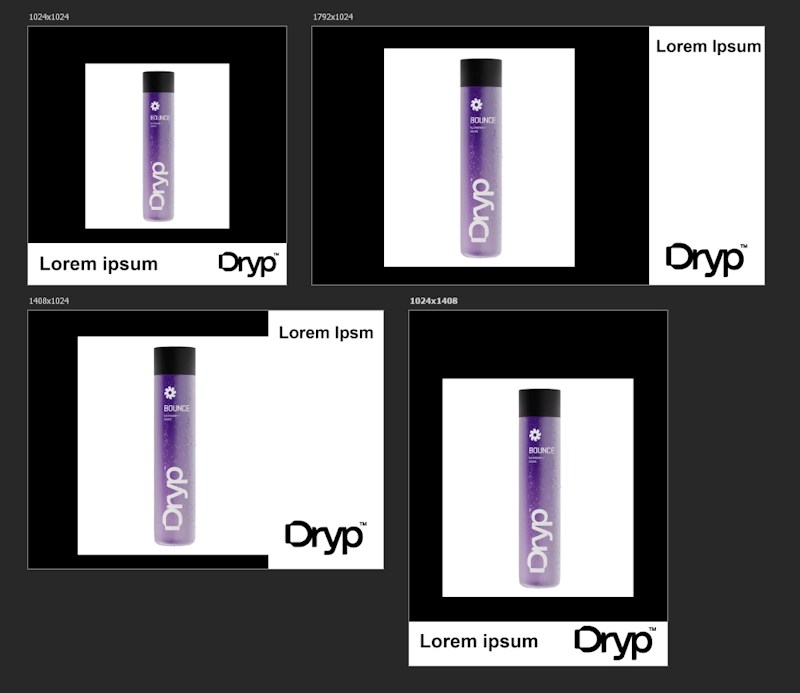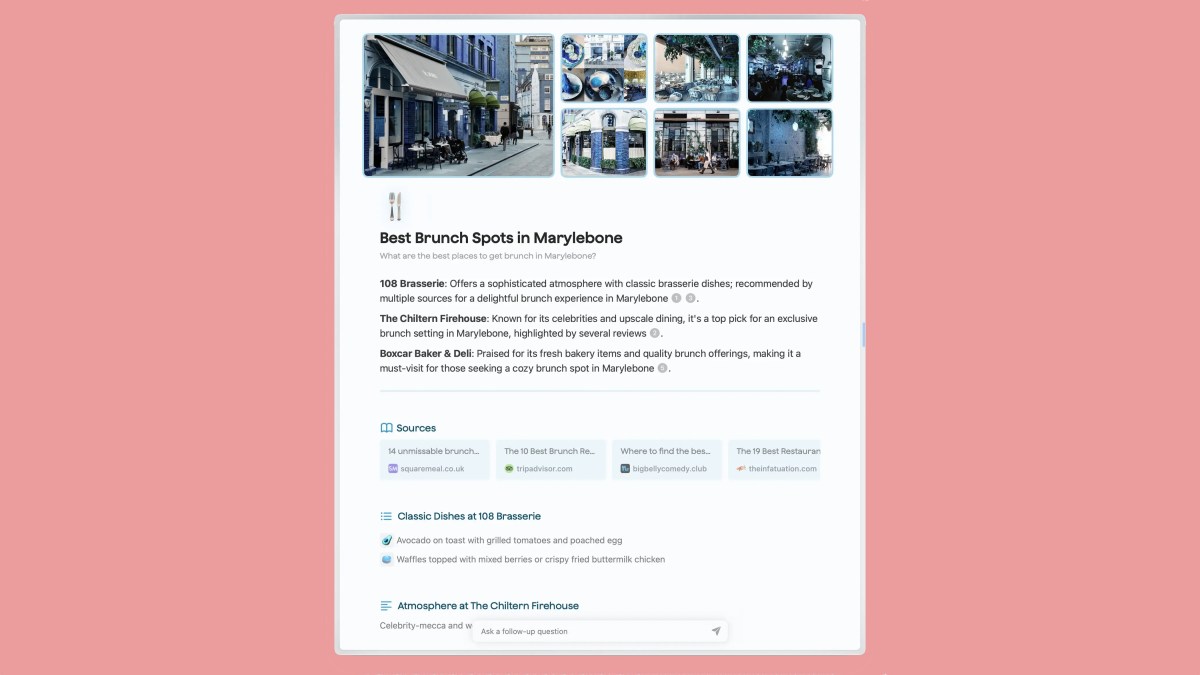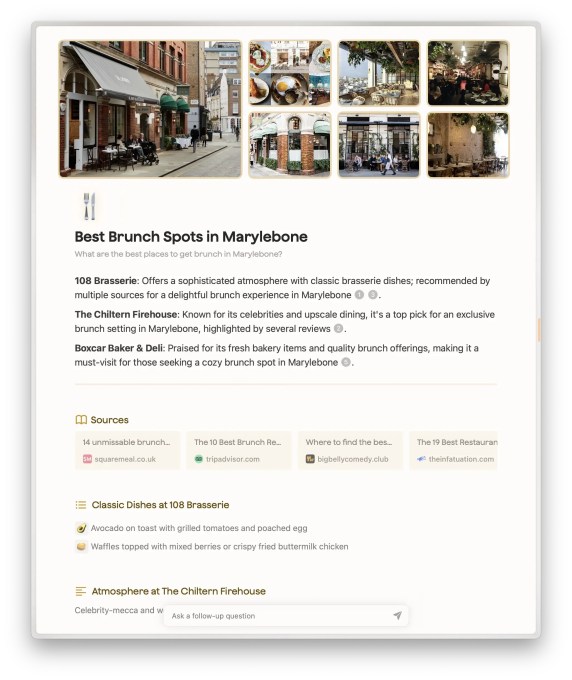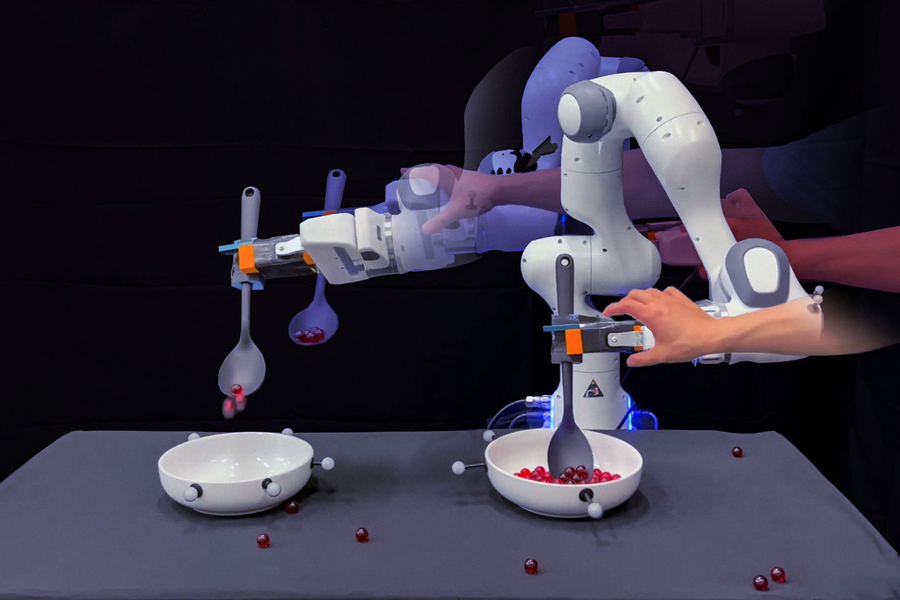
Artists Get Early Access To OpenAI’s Sora Video Tool, With Surreal Results
A select group of artists, designers and filmmakers have been playing with OpenAI's text-to-video tool and reporting back to the company before Sora releases it to the public.
 www.forbes.com
www.forbes.com
Artists Get Early Access To OpenAI’s Sora Video Tool, With Surreal Results
Leslie KatzContributor
I write about the intersection of art, science and technology.
Follow
https://www.forbes.com/sites/leslie...h-surreal-results/?sh=51fb90d84831#open-web-0
Mar 25, 2024,07:50pm EDT

In "Air Head," a short film made with help from OpenAI's generative AI tool Sora, a guy has a ... [+]
SHY KIDS
A select group of artists, designers and filmmakers have now had a couple of months to play with OpenAI’s Sora text-to-video tool since the company announced it, and on Monday, OpenAI shared some of their creations and first impressions.
“As great as Sora is at generating things that appear real, what excites us is its ability to make things that are totally surreal,” Toronto-based multimedia production company Shy Kids said in a statement accompanying Air Head, a short film it made with Sora. The word surreal aptly describes the video, which stars a guy with a yellow balloon for a noggin.
“I am literally filled with hot air,” he says.
Balloon guy goes on to describe the joys and pitfalls of living with the anatomical anomaly. Windy days cause his head to blow off his shoulders, and when he walks through the cactus aisle of a plant store, things can get prickly. But he also lives with a keen awareness that “we’re all just a pin prick away from deflation,” and for that he’s grateful.
The new generative AI tool, which OpenAI first shared with the public in mid-February, can produce videos up to a minute long from a single text prompt. Sora isn’t yet available as a product, and OpenAI says it’s currently working to assess the tool’s capabilities, limitations and risks.
The video from Shy Kids and other early testers, including OpenAI’s first artist in residence, Alexander Reben, will help the company do that, OpenAI said in a blog post. OpenAI wouldn’t reveal exactly how many visual artists, designers, creative directors and filmmakers are test-driving Sora or what parameters informed the making of the films it spotlighted on Monday.
“While we have many improvements to make to Sora, we're already getting a glimpse of how the model can help creatives bring ideas to reality,” the company said.
Generative AI continues to elicit a range of passionate reactions—from enthusiasm about the tools’ creative potential to concern artists’ work will be stolen to train AI datasets or that algorithms will steal creatives’ jobs altogether. Often, the views exist simultaneously. The artists and filmmakers granted early access to the tool, not surprisingly, appear to tilt heavily toward the excited end of the spectrum, at least when it comes to Sora.
“The ability to rapidly conceptualize at such a high level of quality is not only challenging my creative process but also helping me evolve in storytelling,” said Josephine Miller, creative director of London-based Oraar Studio, which specializes in 3D visuals, augmented reality and digital fashion.
MORE FROM FORBESOpenAI Chief Sam Altman Is Bringing Your Wild Sora Prompts To Life OnlineBy Leslie Katz
Miller’s short film presents a dreamy subaquatic world where humans serenely float and twirl in garments covered with iridescent fish-like scales. As with a number of other films highlighted by OpenAI on Monday, the world of this one hovers somewhere between reality and unfettered imagination.
Sora is “not bound by traditional laws of physics or conventions of thought,” creator Don Allen Stevenson III said in a statement about his film, adding that collaborating with the tool shifted his focus from “technical hurdles to pure creativity…unlocking a world of instant visualization and rapid prototyping.”
The seven short films also feature one by Nik Kleverov, co-founder and creative director of L.A.-based creative agency Native Foreign. His entry presents an evocative compilation that spans decades, moods and visual styles.
Kleverov said he can already see how Sora will transform the way he approaches both agency work and personal projects. “It’s allowing me to iterate and explore original concepts that have been kept in a vault or on indefinite pause due to budgetary and resource constraints,” Kleverov said on LinkedIn when sharing the Sora film.
In it, one man straight out of a black-and-white noir scene walks down a rainy cobblestone city street, another hunches over timepieces in a old-time clock repair shop rendered in nostalgic sepia tones. Wait, is that a futuristic-looking sportscar surfacing from under the ocean? Why yes, yes it is.
/cdn.vox-cdn.com/uploads/chorus_asset/file/25343229/STK083_NVIDIA_A.jpg)
:format(webp)/cdn.vox-cdn.com/uploads/chorus_asset/file/25343229/STK083_NVIDIA_A.jpg)





















